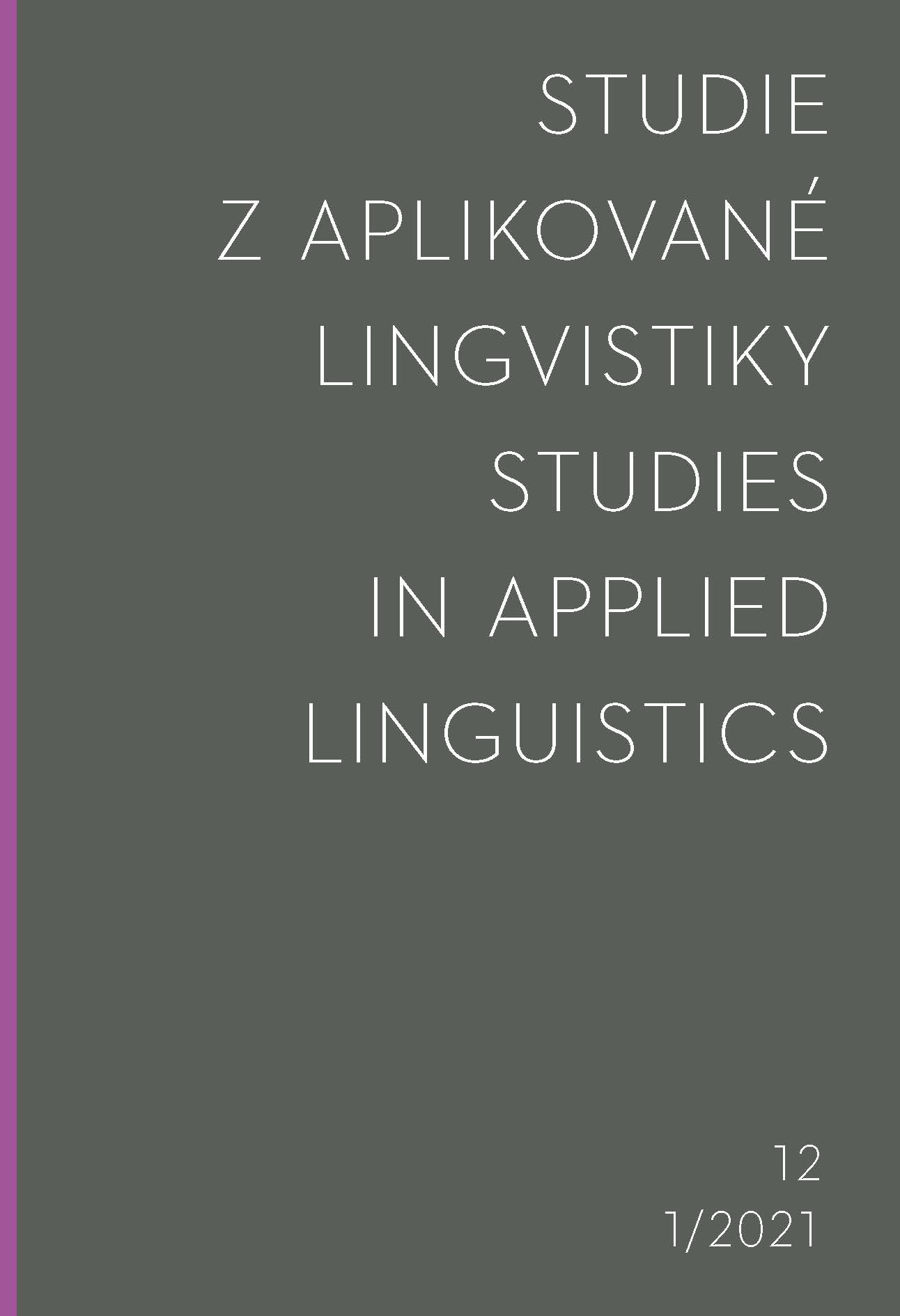Adam Kendon: Sign language in Papua New Guinea. A primary sign language from the Upper Lagaip Valley, Enga Province
Adam Kendon: Sign language in Papua New Guinea. A primary sign language from the Upper Lagaip Valley, Enga Province
Author(s): Josef FulkaSubject(s): Language and Literature Studies, Book-Review
Published by: Univerzita Karlova v Praze - Filozofická fakulta, Vydavatelství
Keywords: reviews;
Summary/Abstract: For most readers, and Czech readers in particular, Adam Kendon is primarilyknown for his pioneering work on the gestural medium (or the kinesic medium,as he would probably prefer to call it nowadays), which culminated in his 2004monograph entitled Gesture: Visible Action as Utterance (Kendon, 2004) that has, inthe realm of gesture studies, already become a classic. Less attention seems to havebeen paid to his earlier work, work that has found its apogee in the monumentalbook on Australian Aboriginal sign languages (Kendon, 2013/1988). It would be,however, entirely false to say that these two lines of Kendon’s thought are separated. Quite the contrary, the obvious correspondences between Kendon’s “ethnographic” work and his general reflections on the kinesic medium are plain to see —both are informed by the same fundamental premises, and one of the merits of thepresent volume, though far from being the only one, is that it permits us to followthe formation of the theoretical background that seems to determine both lines ofKendon’s inquiry.For most readers, and Czech readers in particular, Adam Kendon is primarily known for his pioneering work on the gestural medium (or the kinesic medium, as he would probably prefer to call it nowadays), which culminated in his 2004 monograph entitled Gesture: Visible Action as Utterance (Kendon, 2004) that has, in the realm of gesture studies, already become a classic. Less attention seems to have been paid to his earlier work, work that has found its apogee in the monumental book on Australian Aboriginal sign languages (Kendon, 2013/1988). It would be, however, entirely false to say that these two lines of Kendon’s thought are separated. Quite the contrary, the obvious correspondences between Kendon’s “ethnographic” work and his general reflections on the kinesic medium are plain to see — both are informed by the same fundamental premises, and one of the merits of the present volume, though far from being the only one, is that it permits us to follow the formation of the theoretical background that seems to determine both lines of Kendon’s inquiry.For most readers, and Czech readers in particular, Adam Kendon is primarily known for his pioneering work on the gestural medium (or the kinesic medium, as he would probably prefer to call it nowadays), which culminated in his 2004 monograph entitled Gesture: Visible Action as Utterance (Kendon, 2004) that has, in the realm of gesture studies, already become a classic. Less attention seems to have been paid to his earlier work, work that has found its apogee in the monumental book on Australian Aboriginal sign languages (Kendon, 2013/1988). It would be, however, entirely false to say that these two lines of Kendon’s thought are separated. Quite the contrary, the obvious correspondences between Kendon’s “ethnographic” work and his general reflections on the kinesic medium are plain to see — both are informed by the same fundamental premises, and one of the merits of the present volume, though far from being the only one, is that it permits us to follow the formation of the theoretical background that seems to determine both lines of Kendon’s inquiry.
Journal: Studie z aplikované lingvistiky
- Issue Year: 12/2021
- Issue No: 1
- Page Range: 87-92
- Page Count: 6
- Language: English

